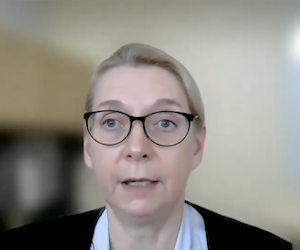FDA caught up on domestic preapproval inspections, foreign inspections still a challenge
 Audit/inspectionBiologics/ biosimilars/ vaccinesGlobalNorth AmericaPharmaceuticalsProduct Lifecycle
Audit/inspectionBiologics/ biosimilars/ vaccinesGlobalNorth AmericaPharmaceuticalsProduct Lifecycle Audit/inspectionBiologics/ biosimilars/ vaccinesGlobalNorth AmericaPharmaceuticalsProduct Lifecycle
Audit/inspectionBiologics/ biosimilars/ vaccinesGlobalNorth AmericaPharmaceuticalsProduct Lifecycle